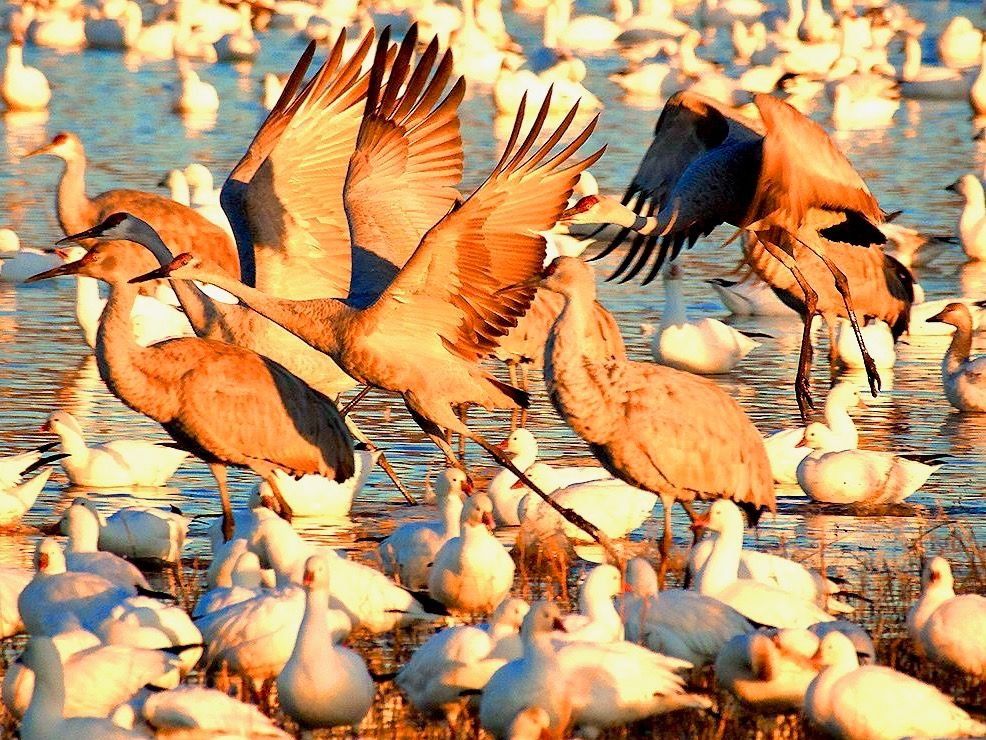Delegates from 111 nations gathered in western India on Monday for a U.N. conference to protect migratory species and their habitats at a time when human actions are forcing Earth’s natural life support systems to a breaking point.
How best to protect and conserve animals that migrate along set routes in search of food or breeding grounds is the focus of a week-long Conference of Parties, or COP, to the United Nations-brokered Convention on the Conservation of Migratory Species of Wild Animals, also known as the Convention on Migratory Species, or CMS, and the Bonn Convention.







